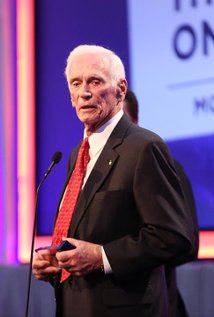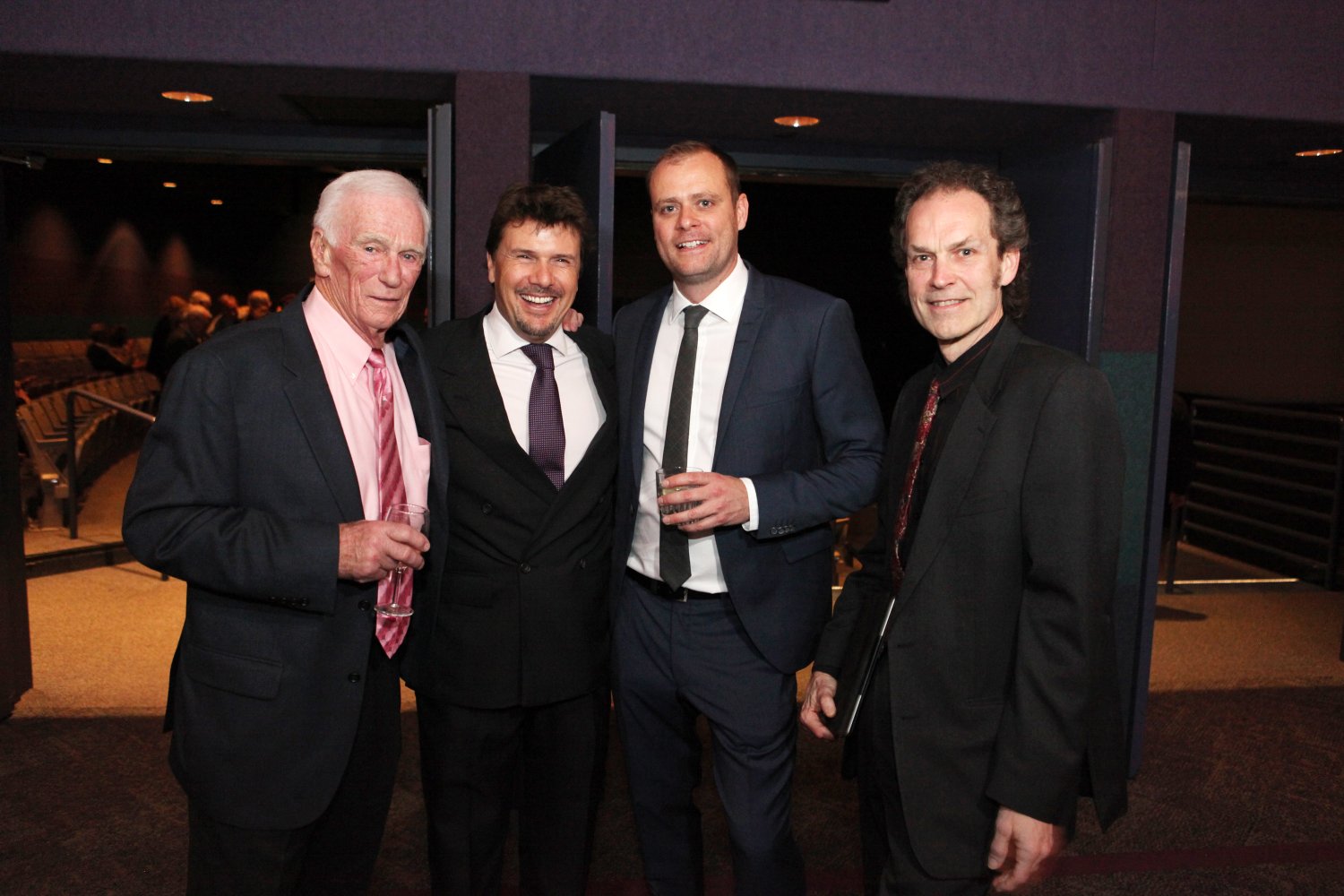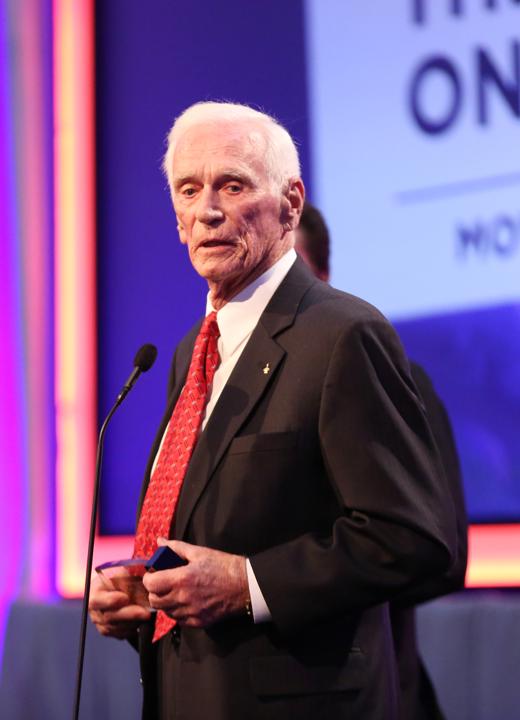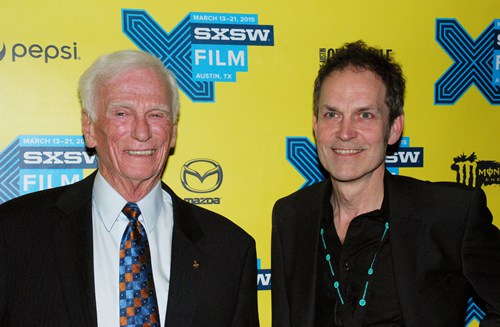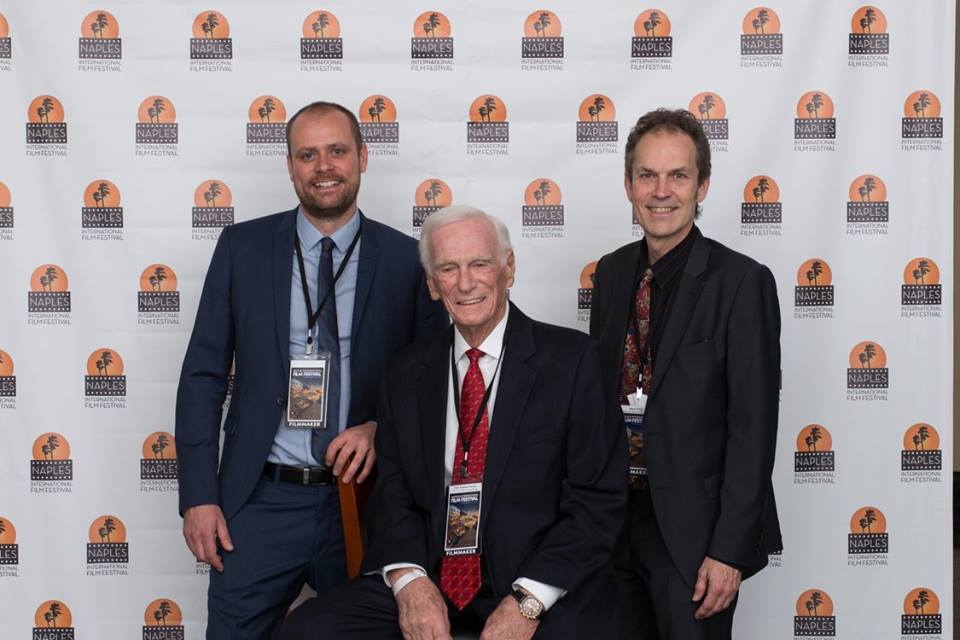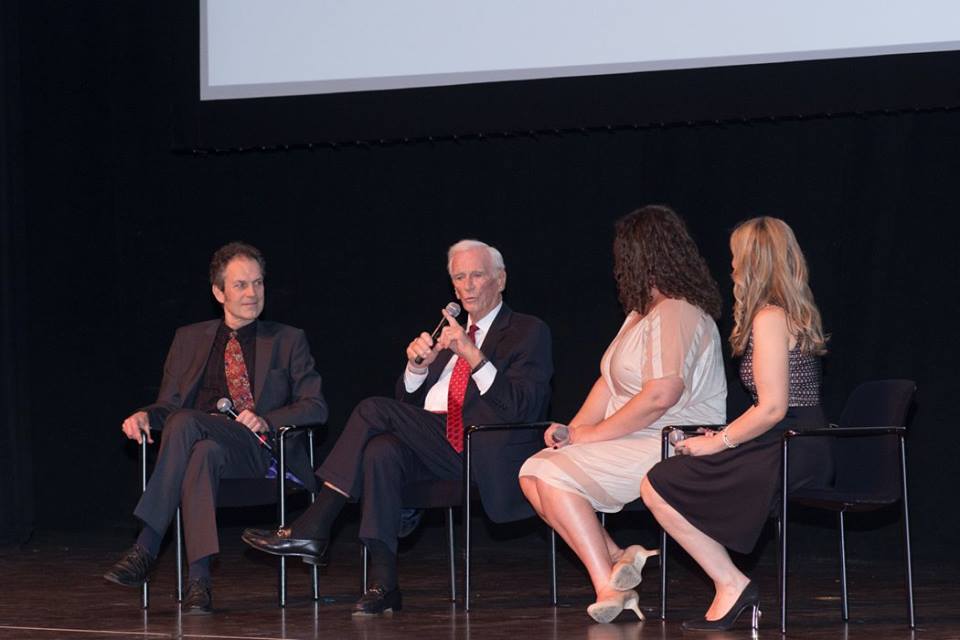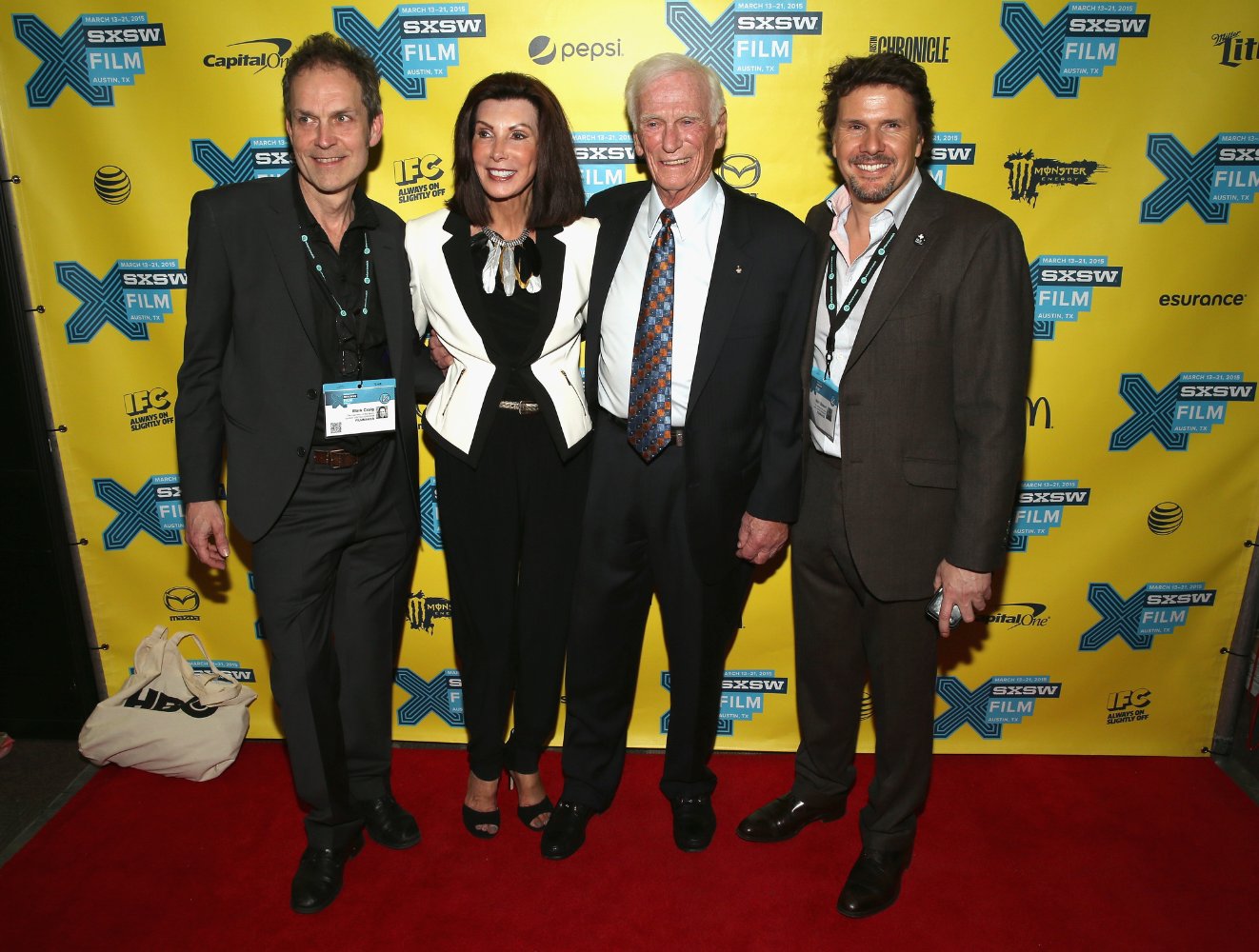Cernan was born on March 14, 1934 in Chicago, Illinois, the son of a Czech-American mother, Rose (Cihlar), and a Slovak-American father, Andrew Cernan. He graduated from Proviso Township High School in Maywood, Illinois. He received a Bachelor of Science degree in Electrical Engineering from Purdue University in 1956 and a Master of Science degree in Aeronautical Engineering from the U.S. Naval Postgraduate School, Monterey, California. He also earned an Honorary Doctorate of Law degree from Western State University College of Law in 1969, an Honorary Doctorate of Engineering from Purdue University in 1970, and other honors from other universities.Cernan, a United States Navy Captain, received his commission through the Navy ROTC Program at Purdue. He entered flight training upon graduation. He was assigned to Attack Squadrons 26 and 112 at the Miramar, California, Naval Air Station, and later attended the Naval Postgraduate School.Captain Cernan was one of fourteen astronauts selected by NASA in October, 1963.He occupied the pilot seat alongside of command pilot Tom Stafford on the Gemini IX mission. During this three-day flight which began on June 3, 1966, the spacecraft achieved a circular orbit of 161 statute miles; the crew used three different techniques to effect rendezvous with the previously launched Augmented Target Docking Adapter. Cernan logged two hours and ten minutes outside the spacecraft in extravehicular activities. The flight ended after 72 hours and 20 minutes with a perfect re-entry and recovery -- Gemini IX landed within a mile and a half of the prime recovery ship USS WASP, and only three-eighths of a mile from the predetermined target!Cernan subsequently served as backup pilot for Gemini 12 and as backup lunar module pilot for Apollo 7.On his second space flight, he was lunar module pilot of Apollo 10, May 18-26, 1969, the first comprehensive lunar-orbital qualification and verification flight test of an Apollo lunar module. He was accompanied on the 248,000-nautical-mile trip to the Moon by Thomas P. Stafford (spacecraft commander) and John W. Young (commander module pilot). In accomplishing all of the assigned objectives of this mission, Apollo 10 confirmed the operations performance, stability, and reliability of the command/service module and lunar module configuration during trans-lunar coast, lunar orbit insertion, and lunar module separation and descent to within 8 nautical miles of the lunar surface. The latter maneuver involved employing all but the final minutes of the technique prescribed for use in an actual lunar landing, and allowed critical evaluations of the lunar module propulsions systems and rendezvous of the landing radar devices in subsequent rendezvous and re-docking maneuvers. So close and yet so far!In addition to demonstrating that humans could navigate safely and accurately in the Moon's gravitational fields, Apollo 10 photographed and mapped tentative landing sites for future missions.After getting back from Apollo 10, Cernan took a gamble. He turned down the assignment as backup crew of Apollo 13, knowing that from there, he would probably rotate to Apollo 16, giving him a "potential" opportunity to walk on the Moon. He took that risk because he hoped he would get a chance to command his own crew, instead of again taking the role of lunar module pilot. Not only was he lucky to skip the ill-fated Apollo 13, his gamble worked.Cernan's next assignment was backup spacecraft commander for Apollo 14, and he made his third space flight as spacecraft Commander of Apollo 17--the last manned mission to the Moon for the United States--on December 6, 1972, with the first manned nighttime launch; they returned home on December 19.With him on the voyage of the command module "America" and the lunar module "Challenger" were Ronald Evans (command module pilot) and Harrison H. (Jack) Schmitt (lunar module pilot. In maneuvering "Challenger" to a landing at Taurus-Littrow, located on the southeast edge of Mare Serenitatis, Cernan and Schmitt activated a base of operations from which they completed three highly successful excursions to the nearby craters and the Taurus mountains, making the Moon their home for over three days.This last mission to the Moon established several new records for manned space flight that include: longest manned lunar landing flight (301 hours 51 minutes); longest lunar surface extravehicular activities (22 hours 6 minutes); largest lunar sample return (an estimated 115 kg (249 lbs.) of space rocks and soil); and longest time in lunar orbit (147 hours 48 minutes). While Cernan and Schmitt conducted activities on the lunar surface, Evans remained in lunar orbit aboard the "America" completing other assigned work tasks. Apollo 17 ended with a splashdown in the Pacific Ocean.Cernan left his daughter's initials on the lunar surface (TDC, for Teresa Dawn Cernan, who was born March 4, 1963).Captain Cernan logged 566 hours and 15 minutes in space--of which more than 73 hours were spent on the surface of the Moon.In September, 1973, Cernan assumed additional duties as Special Assistant to the Program Manager of the Apollo spacecraft Program at the Johnson Space Center. In this capacity, he assisted in the planning, development, and evaluation of the joint United States/Soviet Union Apollo-Soyuz mission, and he acted for the program manager as the senior United States negotiator in direct discussions with the USSR on the Apollo-Soyuz Test Project.On July 1, 1976, Captain Cernan retired after over 20 years with the U.S. Navy. At the same time, he terminated his formal association with NASA.Cernan joined Coral Petroleum, Inc., of Houston, Texas, as Executive Vice President-International. His responsibilities were to enhance Coral's energy related programs on a worldwide basisIn September 1981, Captain Cernan started his own company, The Cernan Corporation, to pursue management and consultant interests in the energy, aerospace, and other related industries. Additionally he was involved as a co-anchorman on ABC-TV's presentations of the flight of the shuttle.Cernan became Chairman of the Board of Johnson Engineering Corporation. Johnson Engineering provides NASA with Flight Crew Systems Development and has supported NASA in the design of crew stations for Space Shuttle, Spacelab, Space Station, Lunar Base and Mars Outpost, as well as the Weightless Environment Training Facility.He was married to Barbara Jean Atchley from 1961-1981; their daughter, Teresa Dawn, was nicknamed Tracy. His second marriage was to Jan Nanna Cernan (of Jan Nanna Cernan Designs Inc. in Houston, Texas); they had two daughters, Kelly and Danielle. His hobbies included love for horses and all competitive sports activities, including hunting, fishing and flying.Among his numerous honors, the most significant are the Navy Distinguished Flying Cross, the Distinguished Service Medal with Star, the NASA Distinguished Service Medal, the FAI International Gold Medal for Space, induction into the U.S. Space Hall of Fame, enshrinement into the National Aviation Hall of Fame, Naval Aviations Hall of Honor and the International Aerospace Hall of Fame. Cernan was awarded NASAs first Ambassador of Exploration Award, the Federal Aviation Administrations prestigious Wright Brothers Master Pilot Award, and the 2007 Lindbergh Spirit Award (presented only every five years). In December, 2007, The National Aeronautic Association presented Cernan with one of the most prestigious aviation trophies in the world, the Wright Brothers Memorial Trophy, in Washington, DC. Cernan received the 2008 Rotary National Award for Space Achievement and the Federation Aeronautique Internationale (FAI) Gold Air Medal, one of the most important international awards, in 2008.Cernan wrote (with New York Times bestselling author Don Davis) the book "The Last Man on the Moon: Astronaut Eugene Cernan and America's Race in Space" (1999, ISBN 0312199066).He died at 82 on January 16, 2017 in Houston, Texas.
Show less «

